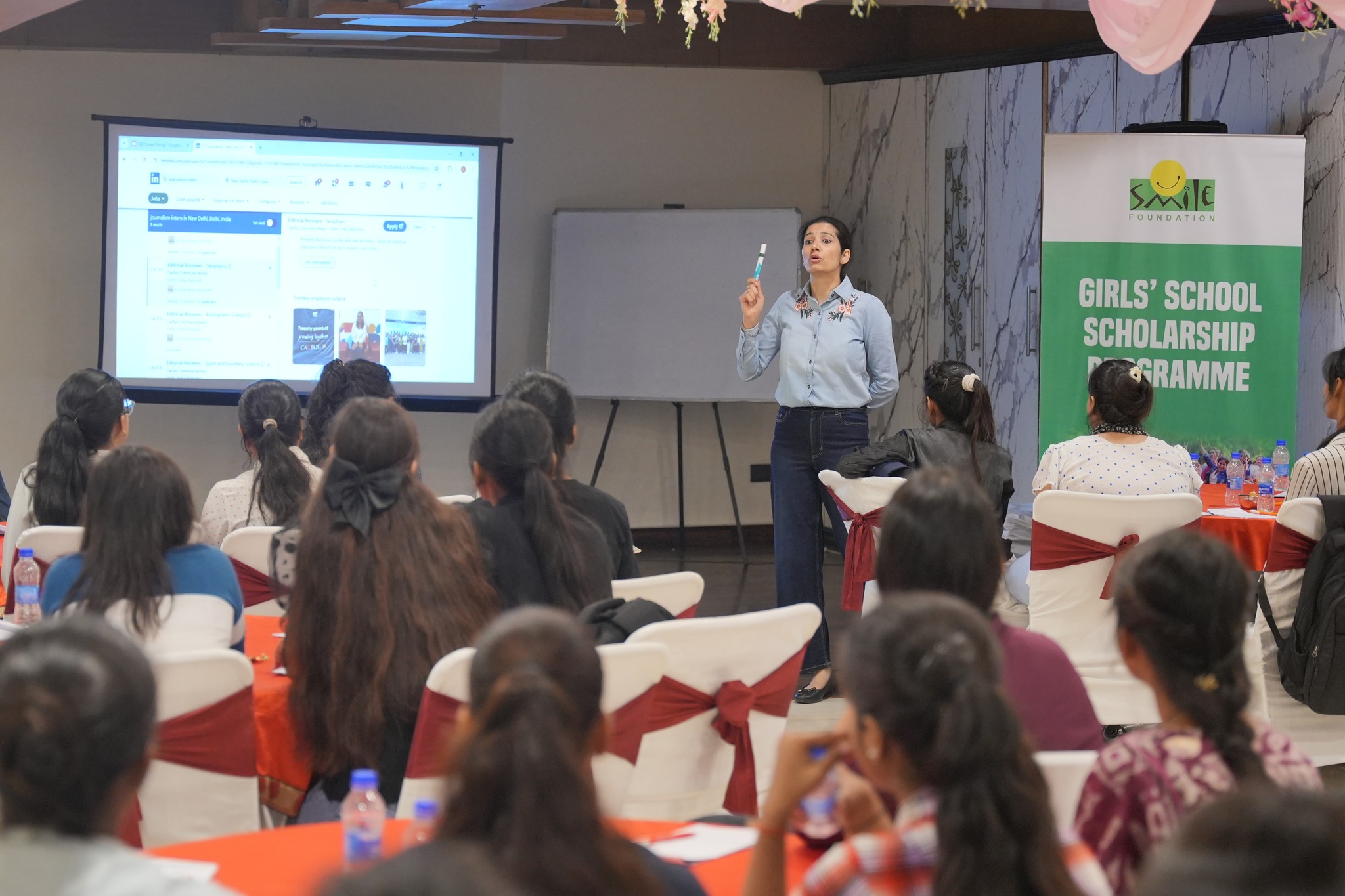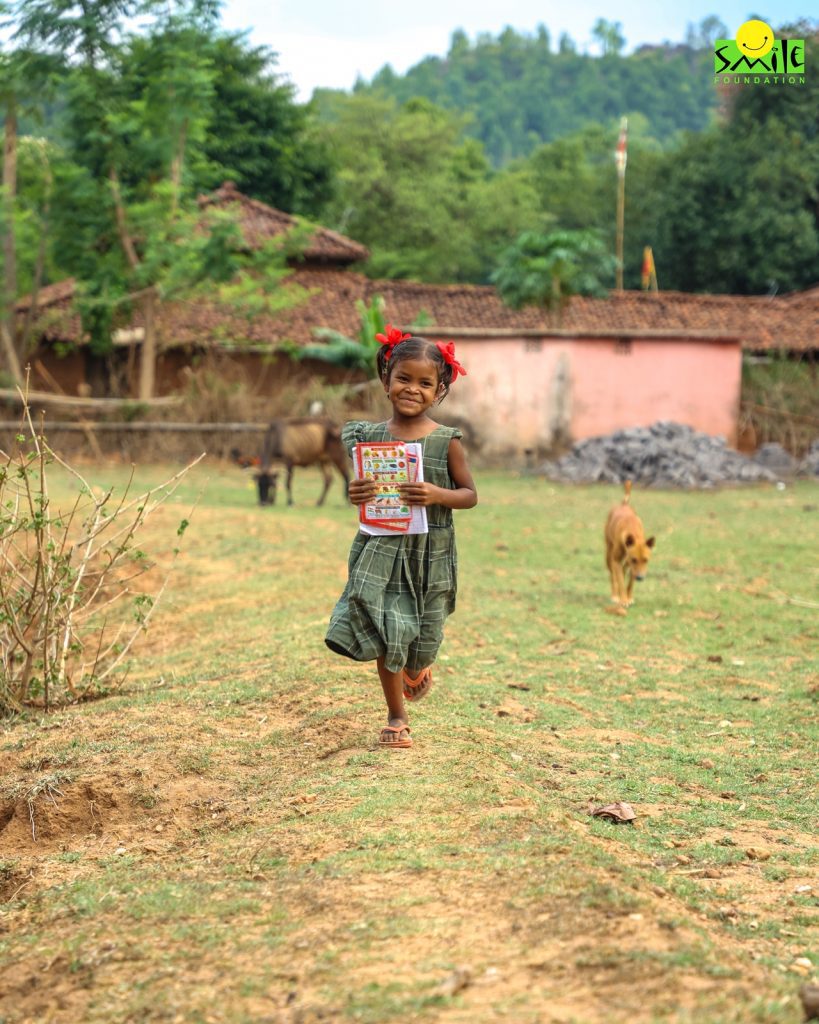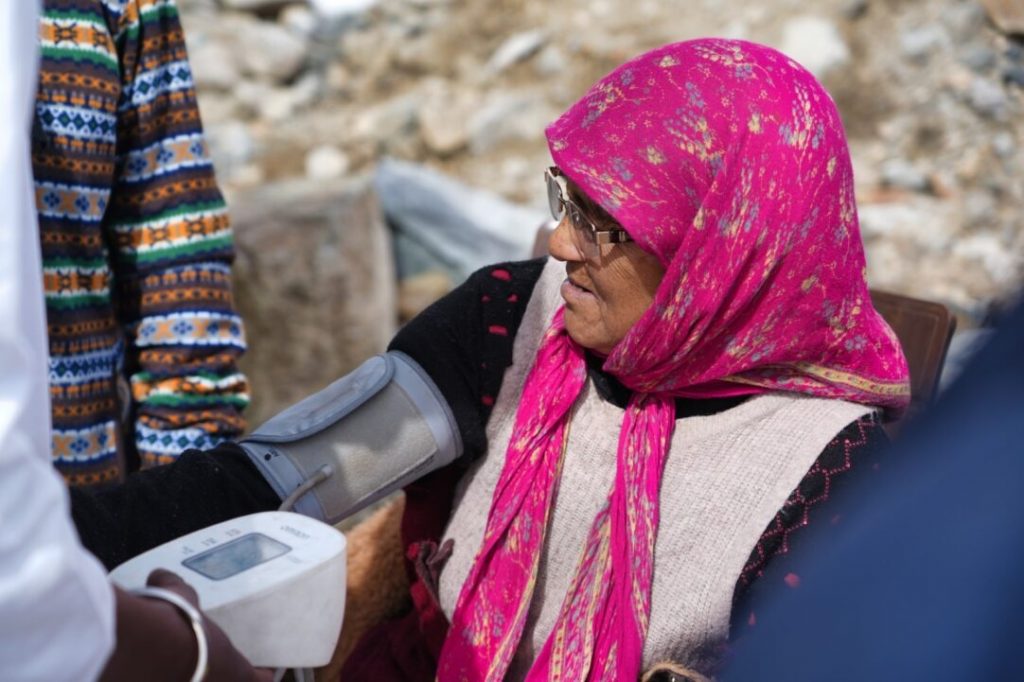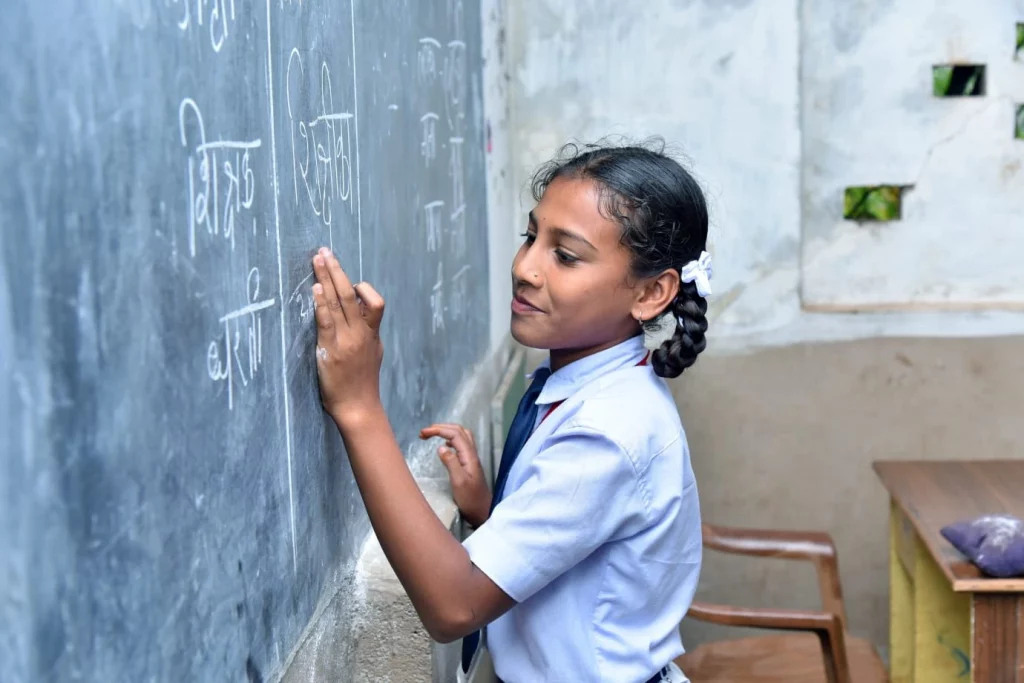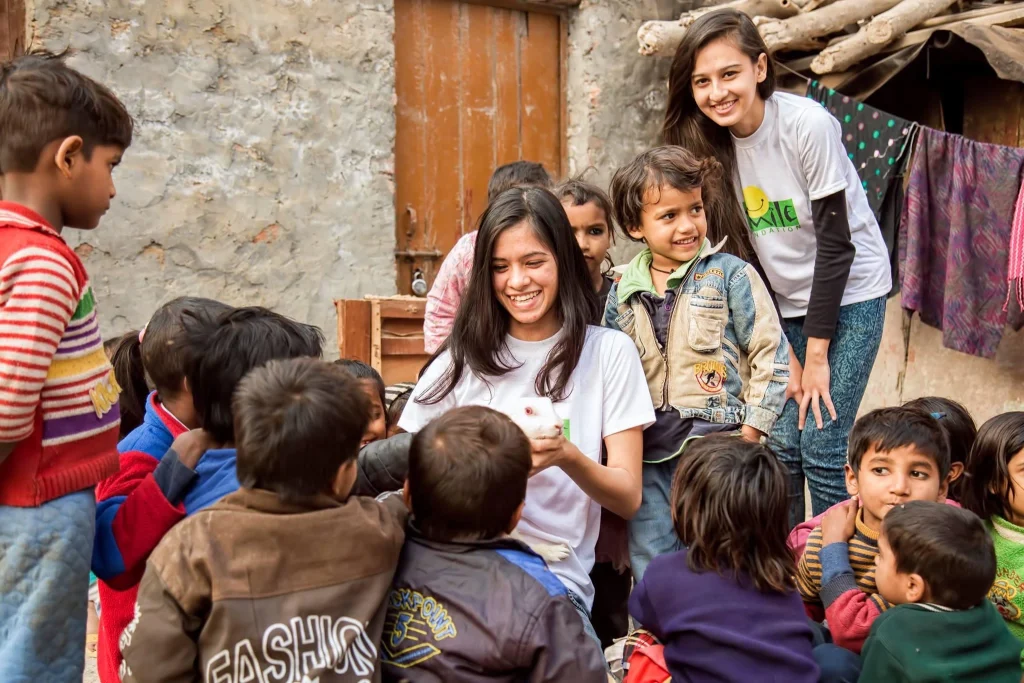While students from urban centres often chart their way to prestigious global institutions, millions of talented youth from rural or underserved communities struggle to even complete their secondary education. This disparity reflects not a lack of capability but a lack of opportunity. In this context, both international and Indian scholarships, serve as critical equalisers, bridging the wide chasm between ambition and access.
A global landscape of opportunity through scholarships
Across the world, numerous scholarships have opened transformative opportunities for Indian students. Each programme, from the Chevening Scholarship in the UK to DAAD in Germany, represents a passport to global networks, advanced research ecosystems, and leadership development.
Consider the JN Tata Endowment Loan Scholarship, established in 1892, which continues to support postgraduate Indian students pursuing higher studies abroad. Its model—a low-interest educational loan of ₹1–10 lakh—helps students retain autonomy while investing in their future. The Inlaks Shivdasani Foundation Scholarship, by contrast, provides fully funded opportunities in fine arts, social sciences, and environmental studies, carving space for those outside conventional STEM disciplines.
Meanwhile, the Fulbright-Nehru Fellowships, supported by the United States-India Educational Foundation, focus on returning impact: applicants are selected not just on academic merit but also on their potential to give back to Indian society. Similarly, Commonwealth Scholarships, ADB-Japan Programmes, and the Aga Khan Foundation International Scholarship Programme (AKF ISP) ensure that leadership potential in low-income and marginalised communities is not lost to systemic exclusion.
Together, these scholarships create a lattice of opportunity for Indians to gain world-class education across sectors. However, what remains largely unaddressed is who gets to the starting line, and more importantly, who doesn’t.
The uneven playing field
While international scholarships have expanded in inclusivity, their reach remains constrained by structural inequities in the Indian education system. Fluency in English, digital access, and knowledge of the application process act as invisible gatekeepers. The odds are stacked against students from rural regions, low-income households, and socially marginalised communities.
The National Overseas Scholarship offered by the Government of India, tailored for Scheduled Castes and other disadvantaged groups, attempts to address this head-on. But awareness and navigation of such schemes remain a problem. Institutional support at the grassroots is often missing. Even when a student from a remote town in Odisha or Bihar dreams of Oxford or Heidelberg, she may lack the mentorship, counselling, and internet access needed to apply.
India’s educational inequalities risk turning merit-based scholarships into privilege-based outcomes, unless the pipeline itself is diversified and strengthened.
Top 10 Scholarships Every Indian Student Should Know
1. JN Tata Endowment Loan Scholarship
Offers ₹1–10 lakh at 2% interest for postgraduate and doctoral studies abroad. Merit-based selection.
2. Aga Khan Foundation Scholarship
50% grant and 50% loan for Master’s students from developing countries with strong academic background and financial need.
3. Inlaks Shivdasani Scholarships
Fully funded for humanities, fine arts, law, social sciences, and environment-related courses at top global universities.
4. National Overseas Scholarship (GoI)
Fully funds Master’s and PhD for students from SC, Denotified Tribes, and landless labourers. Age and income criteria apply.
5. KC Mahindra Scholarship
Interest-free loan of up to ₹10 lakh for postgraduate studies abroad in any field. Open to all Indian citizens.
6. ADB-Japan Scholarship Programme
For Master’s degrees in development-related fields. Covers tuition, living, books, and travel. Requires 2 years of work experience.
7. Fulbright-Nehru Fellowships
For outstanding Indian professionals pursuing education or research in the US. Covers tuition, travel, and living expenses.
8. Chevening Scholarships
Fully funded UK government award for one-year Master’s degrees. For future leaders and changemakers.
9. Commonwealth Scholarships
Support postgraduate students from Commonwealth countries to study in the UK. Based on merit and financial need.
10. DAAD Scholarships
Germany’s flagship programme offering full or partial funding for higher education across disciplines. Includes research and internships.
Smile Foundation: Strengthening the roots
Smile Foundation provides scholarships and educational support primarily through its flagship Mission Education programme. While it does not operate a large-scale, conventional scholarship scheme, the foundation plays a crucial role in ensuring that children and youth from low-resource settings are not forced to drop out of school due to financial hardship. Its efforts are directed at creating sustainable support systems that keep children in school and help them thrive academically.
One of the key avenues is through educational sponsorships. We offer need-based sponsorships, especially to first-generation learners, which cover not only school fees but also essential supplies like books, uniforms, stationery, and transport. These sponsorships are structured to provide continuity in education from the primary level through senior secondary schooling, helping children stay in school year after year.
We also address the needs of children who have either never been enrolled in school or have dropped out through its bridge and remedial education initiatives. These specially designed courses help children catch up with grade-level learning, preparing them for re-entry into formal schooling. In such cases, the educational support provided, while not termed as a formal scholarship, functions as a crucial financial and academic enabler for enrolment and retention.
Although limited in scale, Smile Foundation has also provided higher education support in partnership with corporates under their CSR initiatives. These opportunities are often career-specific, offering financial aid for vocational training, nursing courses, and computer education. These scholarships are usually extended to adolescents under Smile Foundation’s health or livelihood programmes, ensuring a path to employability for older students.
Another critical area of focus is the education of the girl child. Smile Foundation embeds scholarship support within a broader strategy to promote girls’ education. This includes interventions such as menstrual hygiene management, counselling services, and safe transport arrangements—factors that directly impact girls’ ability to stay in school. The foundation’s targeted efforts significantly reduce dropout rates and empower young girls to pursue their studies with dignity and confidence.
Through this multi-pronged approach, Smile Foundation ensures that education becomes a sustained reality, not a temporary relief, for the children it serves.

Reimagining the education mobility ladder
To create real mobility in education, what India needs is a continuum of support from grassroots-level school interventions to scholarships for global academic excellence.
This can be envisioned as a three-tier framework:
- Access and Retention at the Foundational Level: Support like Smile Foundation’s ensures that vulnerable students are not lost to child labour, early marriage, or dropout due to poverty. This includes academic, health, and psychosocial support.
- Bridge Programmes and Local Scholarships: At the secondary and tertiary level, students require help navigating public scholarship schemes such as National Means-cum-Merit Scholarship, Post-Matric Scholarships for SC/ST/OBC, and state-specific funds.
- Global Readiness and Mentorship: For high-performing students from modest backgrounds, partnerships between NGOs, educational counsellors, and global foundations can provide training in SOP writing, test preparation, and interview skills for scholarships like Fulbright, Chevening, and DAAD.
In this journey, the role of corporate social responsibility (CSR) and public-private partnerships is immense. Companies can fund preparatory training, digital labs, or even create specific scholarship seats for marginalised students. Philanthropy can be the bridge between potential and platforms.
Social capital and cultural navigation
Research also shows that the success of scholarship recipients is about navigating elite institutions without isolation or imposter syndrome. Students from disadvantaged backgrounds often need support in adapting to new academic cultures abroad. Peer mentoring, cultural orientation, and alumni networks play an important role here.
International scholarship agencies would do well to collaborate with grassroots organisations in India—not only for applicant sourcing but also for post-admission support and re-integration. Returnee scholars often struggle to find roles where they can apply their global learning. Creating alumni fellowships, re-entry pathways in academia or policy, and platforms to mentor others could ensure a virtuous cycle.
Scholarships as catalysts for equity
At its best, a scholarship does not just change a student’s life; it transforms a community’s narrative. One student returning to her village as a doctor or researcher can become a role model, a local leader, a disruptor of generational poverty.
To make this a norm rather than an exception, India needs to:
- Mainstream grassroots mentoring: Establish centres in collaboration with NGOs to identify and coach students from remote and marginalised communities for international opportunities.
- Leverage CSR strategically: Corporate funding should not just support elite institutes but also pipeline-building from rural schools and government colleges.
- Encourage inclusive eligibility criteria: Scholarship programmes should account for socio-economic disadvantage, not just academic scores, and should provide preparatory support.
- Track and scale success stories: Government and private stakeholders should invest in documenting and publicising case studies of grassroots scholars who have excelled abroad.
A new social contract for education
India’s demographic dividend will only be realised if every bright mind has access to the best possible education. Scholarships are instruments of justice.
Smile Foundation’s grassroots interventions, when combined with the global outreach of international scholarship bodies, represent a powerful ecosystem for educational equity. Together, they create the conditions where a young girl from a slum in Lucknow or a tribal boy from Bastar can compete for—and win—a Fulbright or DAAD fellowship.

